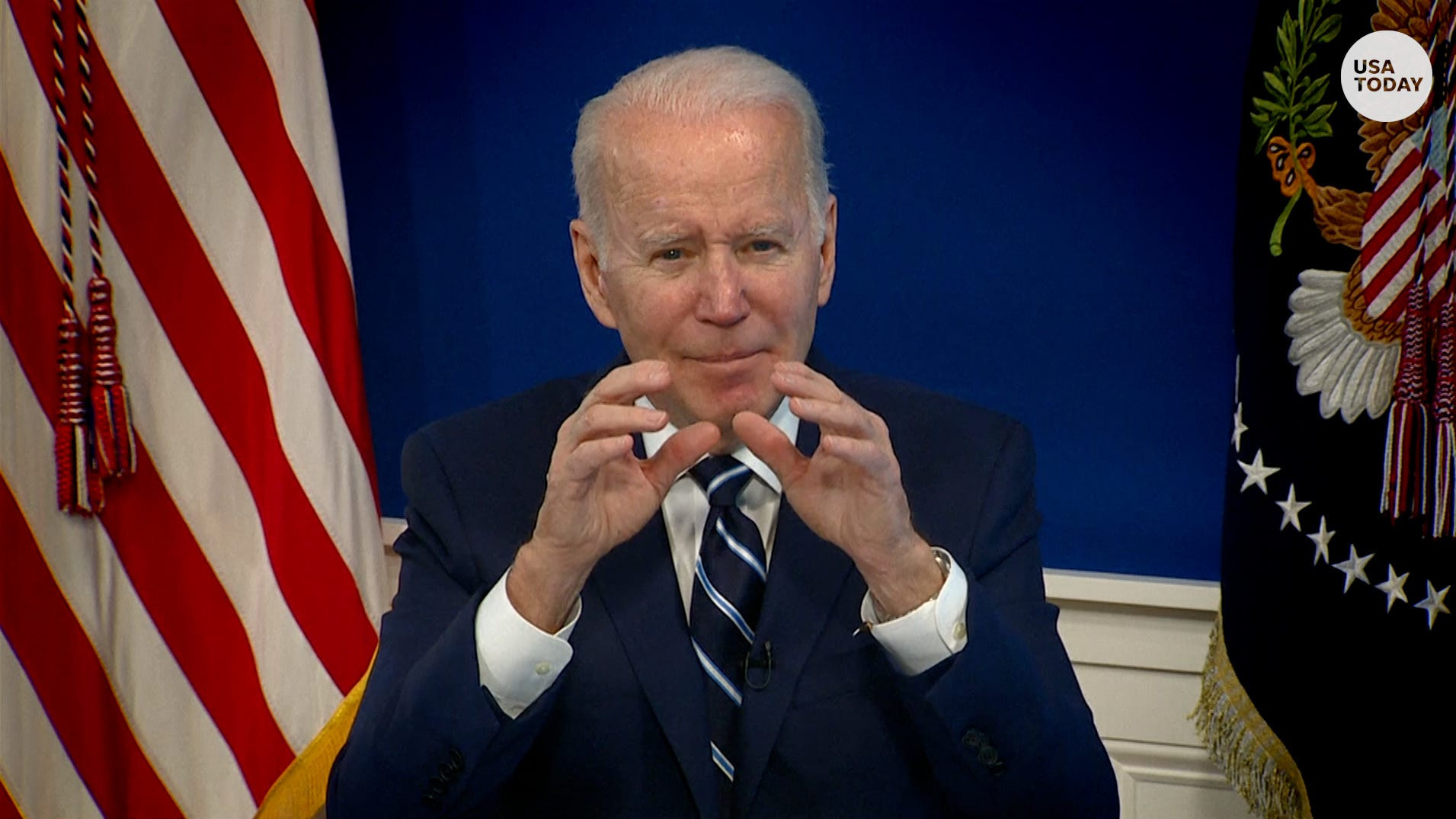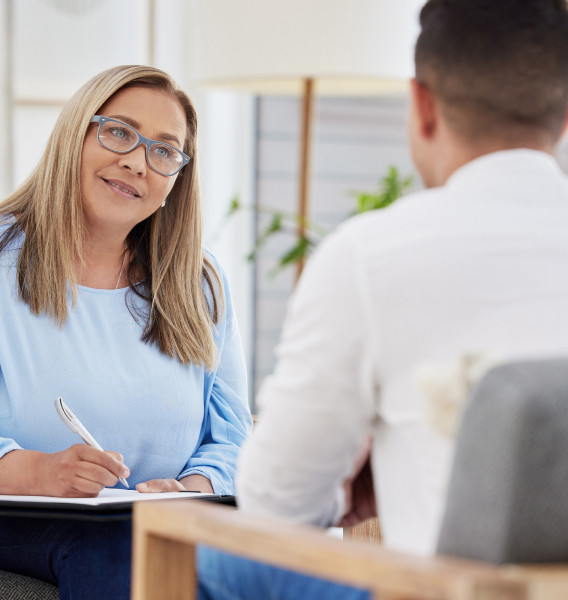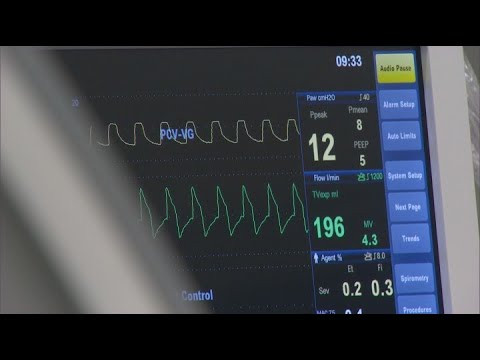People in the United States can now order more free Covid-19 tests from the federal government as the country heads into respiratory virus season with high levels of the coronavirus already circulating.
Each household is eligible to receive four at-home test kits, which can be requested from COVIDTests.gov starting today. They’ll be shipped for free starting next week through the US Postal Service.
The rapid antigen tests take about 30 minutes to give results. This next set of tests will be able to detect currently circulating variants and can be used for testing in people who have Covid-19 symptoms and those who don’t, as well as in those who are up-to-date on their Covid-19 vaccination and those who aren’t.
“Reopening this popular program is the latest step by the Biden-Harris Administration to ensure that over-the-counter COVID-19 tests are available to all who want them this fall and winter,” HHS Assistant Secretary for Preparedness and Response Dawn O’Connell said in a statement. “Before you visit with your family and friends this holiday season, take a quick test and help keep them safe from COVID-19.”
The available tests also include an option with features that make it more accessible for people with disabilities affecting dexterity or vision to use. More information about ordering these tests is available at ACL.gov/AccessibleTests.
“COVID-19 testing can help you know if you have COVID-19 so you can decide what to do next, like getting treatment to reduce your risk of severe illness and taking steps to lower your chances of spreading the virus to others,” according to the HHS Administration for Strategic Preparedness and Response.
To reduce the spread of Covid-19, the US Centers for Disease Control and Prevention recommends that people who test positive stay home and away from others until they are fever-free for at least 24 hours.
The US Food and Drug Administration recommends that people take multiple rapid tests to ensure they do not have Covid-19: two negative tests for those with symptoms and three for those without symptoms, performed 48 hours apart.
The CDC also recommends that everyone age 6 months or older receive an updated Covid-19 vaccine this season to stay up to date.
This year, there are multiple options available; mRNA vaccines from Moderna and Pfizer were updated to target KP.2, one of the so-called FLiRT variants that have been dominant in the US since May. Those vaccines are for people 6 months and older. A more traditional protein vaccine from Novavax is also available, but it targets JN.1, a variant that is still circulating but less prominently than a few months ago. The Novavax vaccine is approved only for those ages 12 and up.
The updated Covid-19 vaccines are available now at pharmacies across the US and can be received at the same time as the annual flu vaccine.
“The best plan going into this winter is for everyone to remain vigilant, to use the tools we have: vaccines, testing, treatment against the illnesses responsible for the majority of fall and winter deaths and hospitalizations,” CDC Director Dr. Mandy Cohen said last week.
Ordering Free COVID Tests
Starting Sept. 26, you can once again order four free at-home COVID-19 antigen tests from covidtests.gov. No payment or credit card details will be required to place an order. You also won’t need to provide any ID or health insurance information.
(This program is separate from the one that allows folks with private health insurance to get reimbursed for the cost of at-home COVID-19 tests. Read more about getting reimbursed by your health insurer for at-home tests.)
You can place your order for these four free COVID-19 tests online at USPS.com (the direct link from covidtests.gov) or order from USPS by phone at 800-232-0233.
At covidtests.gov and after placing an order, you’ll also see a message that the Food and Drug Administration (FDA) has extended the expiration dates on these tests. So don’t worry if you see “expired” on any box of tests you receive — you can still use them, but check the FDA’s full list of expiration date extensions first to be sure.
Every residential address (and residential P.O. box) in the United States is eligible to receive one order of four at-home COVID-19 tests — not every person or every family. This means multiple orders to the same address under different names won’t be processed.
For example, if you live with several roommates or in a large multigenerational household, only one person can place an order for that address. Realistically, this might mean that the tests you receive are not enough to cover everyone in your household.
Finding Free or Low-Cost COVID Tests
If you are insured with major Bay Area providers such as Kaiser Permanente or Sutter Health, the easiest option to secure a COVID-19 test may be to make an appointment through that particular provider. Most providers offer sign-ups online through a member’s login, and appointments can also be made by phone.
Remember that people with private insurance may experience new out-of-pocket costs for PCR tests after the end of the emergency orders last year, depending on the provider.
Medicare will continue to cover PCR test costs. And under the American Rescue Plan, people on Medicaid can continue to get free at-home tests until Sept. 30, 2024.
Most people, regardless of insurance coverage, will have to pay for over-the-counter rapid at-home COVID-19 tests after the federal emergency order ends. Thanks to a state bill passed in October 2021, Californians can still claim reimbursement from their health insurer for rapid antigen tests, although as of last year, those tests have to be obtained “in-network.”
California’s map of COVID-19 testing and treatment sites will still show you a list of testing sites, where you can also find locations offering tests for flu and RSV.
Since so many vaccination sites closed in 2023 with the end of the COVID-19 federal emergency orders, call ahead before making the trip for a drop-in, just in case a site closure isn’t reflected on this map.
The CDC still maintains a nationwide map of COVID-19 testing locations at testinglocator.cdc.gov, and all testing facilities listed on the site “are available at no cost for people without health insurance” through the Increasing Community Access to Testing (ICATT) program.
In the Bay Area, you’ll find that the locations returned when you search for a free COVID-19 test through testinglocator.cdc.gov are primarily pharmacies like CVS and Walgreens, and Quest Patient Service Centers.
The majority of the county testing sites you saw at the height of the pandemic have now shut down — but your county may have several sites still operating, often in partnership with community groups.
Updated testing site locations can be found at each county’s testing webpage below, although you may find some of these pages redirect you to the state or U.S. testing location finders instead.
San Mateo COVID-19 testing page now says that “State-sponsored COVID-19 testing has ended in San Mateo County” and that PCR and antigen tests “remain widely available through health care providers and pharmacies.” Sonoma County’s COVID-19 testing page does not offer county residents any free or low-cost testing locations or resources without insurance and instead says that you should “request a test from your health care provider or use an over-the-counter antigen test purchased at a local pharmacy.”
Private Providers
Always check to see how much you might be charged for a COVID-19 test at these private testing facilities before your visit. Below are some of the private providers still offering COVID-19 testing in the Bay Area:
Walgreens offers PCR tests to take home and mail in, with results in about two days. If you have insurance, the pharmacist will confirm whether you can bill your test to your insurer. Walgreens says that uninsured people who meet federal eligibility criteria “may qualify for no cost testing.” Be sure to ask questions about cost and billing before taking your test at a pharmacy to make sure you won’t get hit with an unexpected bill.
Other pharmacies that previously offered free COVID-19 testing on-site, in a pharmacy location, have started charging for those same tests after the end of the federal emergency. Be careful to read the billing details if you are uninsured and it is marked as “free” or “no-cost.” Check the following pharmacy websites to see what’s available in your area:
If you have health insurance, you can also purchase at-home COVID-19 testing kits from a pharmacy and request reimbursement from your insurer. Find out how to claim reimbursement from your insurer for rapid antigen tests.
Schools
Many Bay Area school districts have offered COVID-19 testing for students and staff — and sometimes the families of students — during the pandemic, and some may have continued their programs into this school year.
Check directly with your child’s school.
When to Test
Regardless of your vaccination status, if you’re experiencing COVID-19 symptoms, you should get tested.
As for the best time to test, if you’ve heard that incubation times for the virus are getting shorter — that is, the amount of time between getting exposed to COVID-19 and testing positive — it’s true. People are testing positive for COVID-19 more quickly than in 2020 when the average incubation period was five days because the incubation period has changed with each new variant, confirms Dr. Peter Chin-Hong, an infectious disease expert at UCSF. In 2024, he says, it now makes sense to take a test as early as two days after a possible exposure if you’re experiencing symptoms.
But there’s another wrinkle: Some medical experts say they’ve noticed that at this stage of the pandemic, it’s often taking much longer for people to get a positive test result on an at-home antigen test. In other words, they’re observing that people with COVID-19 symptoms are taking an antigen test and getting a negative result — only to get a positive result on a different test several days later. This means that many people could wrongly assume they don’t have COVID-19 after that first negative test and then inadvertently spread the virus to friends and family. Read more about why your COVID-19 symptoms might start earlier and what to do if you initially test negative.
What To Do If You Test Positive
And if you do test positive for COVID-19…
“How long am I contagious with COVID?” is a question on a lot of people’s minds in 2024. Back in spring, the Centers for Disease Control and Prevention (CDC) released new guidelines on isolating with COVID-19 that de-emphasize testing in favor of people monitoring their symptoms to judge when they should leave isolation.
According to the CDC, you should isolate from other people for as long as you’re experiencing COVID-19 symptoms that aren’t improving. Once your symptoms start improving, and any fever you’ve had has been gone for 24 hours without the aid of fever-reducing medication, the CDC says that you can exit isolation.
But you’ll need both of these things — symptoms improving for at least 24 hours and the absence of fever for at least 24 hours — to happen before you can leave isolation. So if your fever has been gone more than a day but your other symptoms haven’t improved, you still need to keep isolating until they do improve, the CDC says. And if your other symptoms get better but you get a new fever, you need to keep isolating (or go back into isolation) until that fever has been gone for 24 hours.
It’s not exactly intuitive, so read our full guide to how long you might be contagious with COVID-19 and the CDC’s new isolation guidelines. And remember, if you get COVID-19, there’s nothing stopping you — if you’re able — from continuing to use at-home antigen testing and leaving isolation only when you get that negative result. (In fact, the Los Angeles County Department of Public Health still recommends that you “test negative before leaving isolation.”)

















